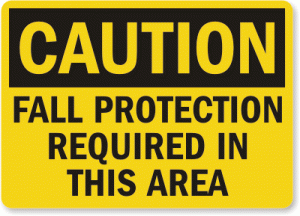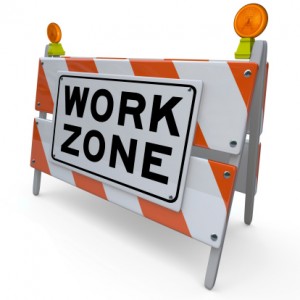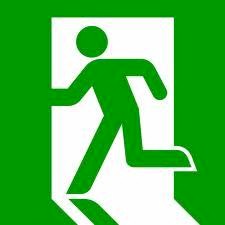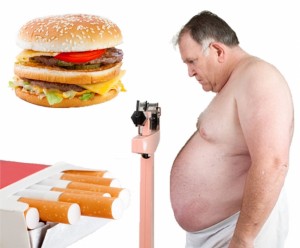 All fall protection products fit into four functional categories.
All fall protection products fit into four functional categories.
1. Fall Arrest; 2. Positioning; 3. Suspension; 4. Retrieval.
Fall Arrest
A fall arrest system is required if any risk exists that a worker may fall from an elevated position, as a general rule, the fall arrest system should be used anytime a working height of six feet or more is reached. Working height is the distance from the walking/working surface to a grade or lower level. A fall arrest system will only come into service should a fall occur. A full-body harness with a shock-absorbing lanyard or a retractable lifeline is the only product recommended. A full-body harness distributes the forces throughout the body, and the shock-absorbing lanyard decreases the total fall arresting forces.
Positioning
This system holds the worker in place while keeping his/her hands free to work. Whenever the worker leans back, the system is activated. However, the personal positioning system is not specifically designed for fall arrest purposes.
Suspension
This equipment lowers and supports the worker while allowing a hands-free work environment, and is widely used in window washing and painting industries. This suspension system components are not designed to arrest a free fall, a backup fall arrest system should be used in conjunction with the suspension system.
Retrieval
Preplanning for retrieval in the event of a fall should be taken into consideration when developing a proactive fall management program.
via Fall Protection.
 Summary of Work Zone Traffic Safety
Summary of Work Zone Traffic Safety






